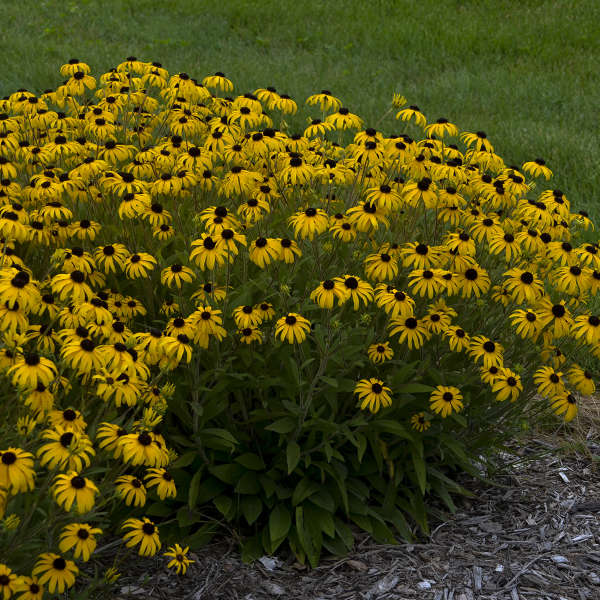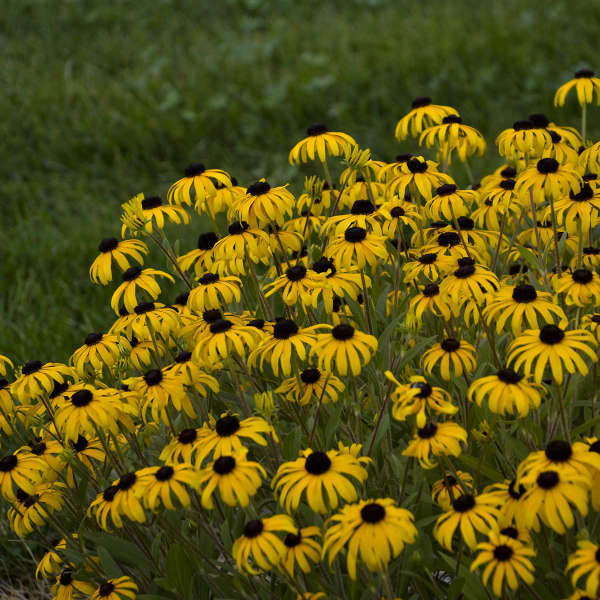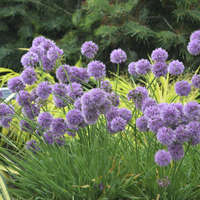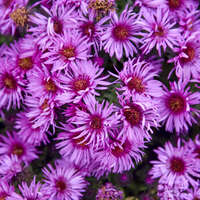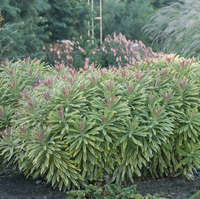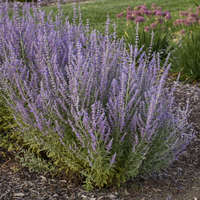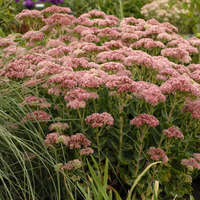Growing Temperature:
65-70° F days
60-65° F nights
Holding Temperature:
50-60° F
Soil PH:
5.8-6.5
EC (What is EC?):
1.5-2.0 pour through method
Fertility:
Feed with a constant liquid fertilization program at rates of 75-150 ppm nitrogen with every irrigation.
For Controlled Release or Slow Release Fertilizer, see your preferred supplier for recommended rates for incorporation or top dressing, as it varies by fertilizer.
Vernalization:
Not required but providing 8-10 weeks of cold is beneficial to increase bud count and uniformity.
Pests & Diseases:
Aphids, sawflies, whiteflies (greenhouse), thrips, beetles, plant bugs, stalk borers, aster leafhopper.
Rot (Sclerotium), leaf spots, bacterial blight (Pseudomonas, Xanthomonas), Botrytis blight, aster yellows, downy mildew.
Potting & Timing:
Rudbeckia can be planted any time throughout the growing season.
Moisture:
For potting soil use professional planting media.
Requires average to moderate moisture. Water as needed when the plants are young and becoming established. Once they are large, they will require more frequent irrigations, as they will dry out rather quickly.
When irrigation is needed, water them thoroughly, ensuring the entire growing medium is wet or nearly saturated. It is best to allow growing medium to dry out slightly between irrigations.
Planting Level:
Place crown just below soil surface, plugs even with soil surface.
PGRs/Pinching:
Daminozide (B-Nine/Dazide) at 2000 ppm or uniconazole (Sumagic/Concise) at 3-5 ppm are effective.
Growth regulator rates are suggestions but may vary due to time of year, region and water quality. Trialing is always recommended before applying to an entire crop.
Lighting:
Requires long days to flower. Grow under high light levels for best results.
